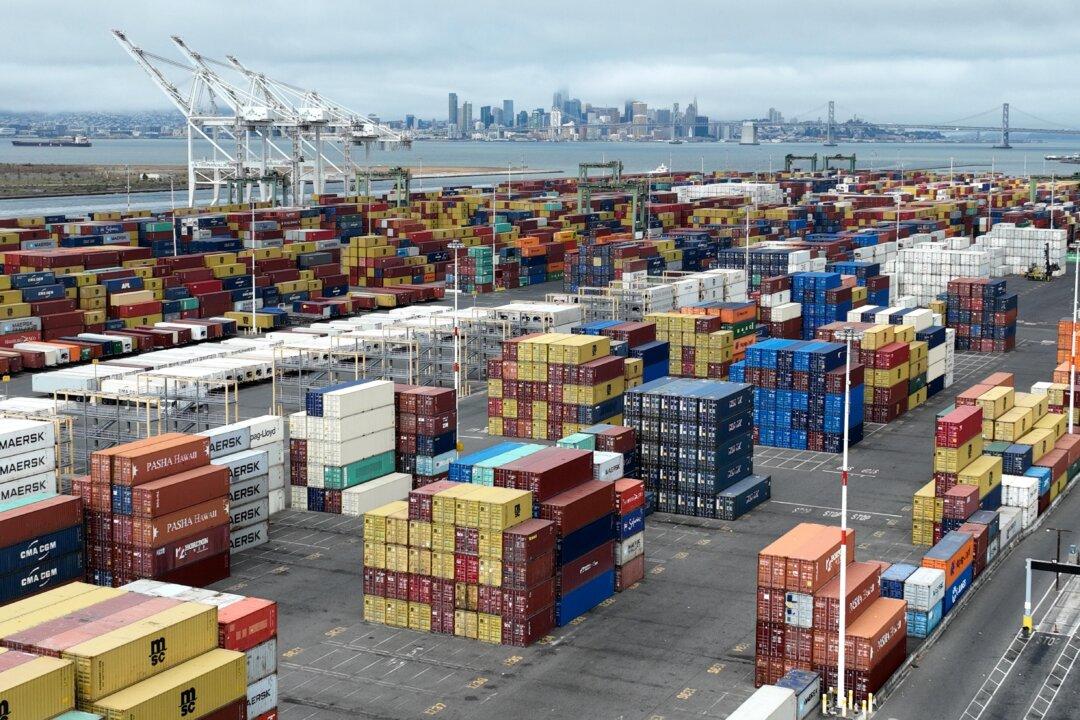Tariffs that had been placed on Chinese imports by President Donald Trump have pulled in more than $150 billion over the past 50 months, according to data from Customs and Border Protection.
Trump imposed the tariffs in 2018 and 2019 on $350 billion worth of imports, in retaliation for China’s abusive trade practices, which included throttling American companies’ access to Chinese markets, forced technology transfer, theft of U.S. intellectual property, and currency manipulation.





